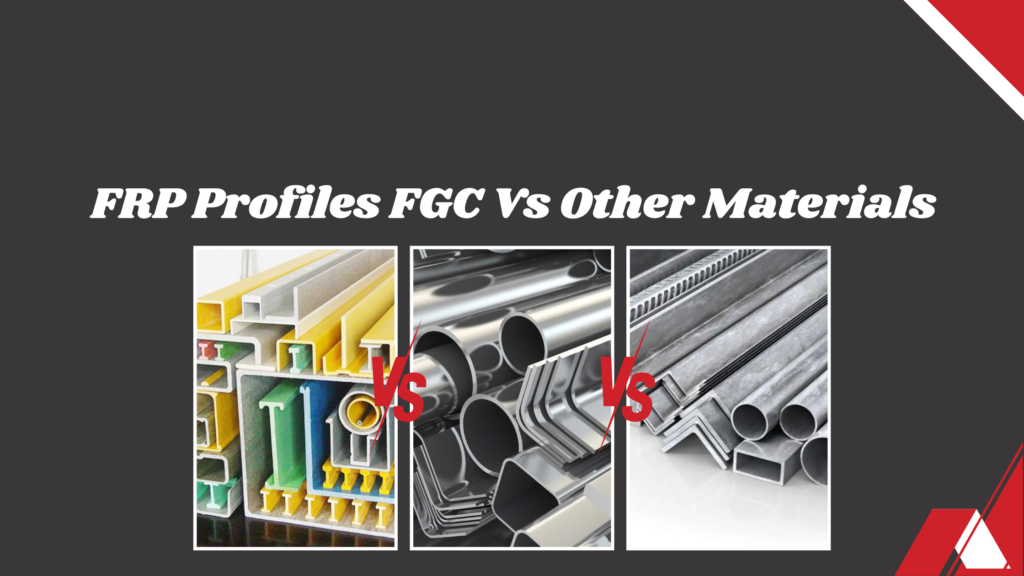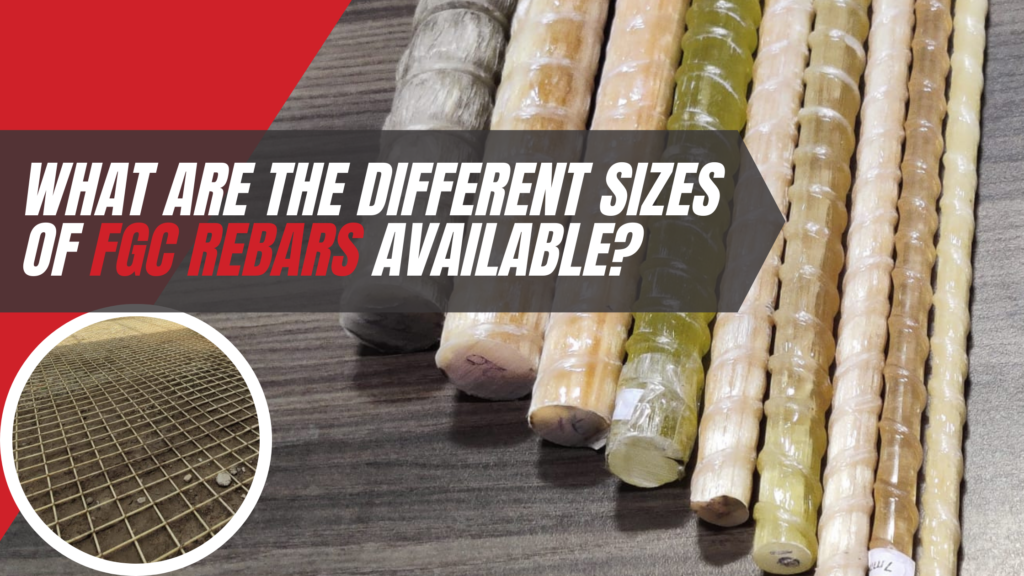Introduction
In the construction and engineering industries, the demand for sustainable and durable materials is on the rise. FGC rebars and FGC profiles have emerged as eco-friendly alternatives to traditional materials like steel and aluminum. Both FGC rebars and FGC profiles offer numerous environmental benefits, making them attractive choices for eco-conscious projects.
Eco-Friendly Aspects of FGC Rebars
- Corrosion Resistance
One of the most significant advantages of FGC rebars is their corrosion resistance. Unlike steel, FGC Rebars do not rust, which extends the lifespan of concrete structures. This durability reduces the frequency of repairs and replacements, leading to lower consumption of raw materials and less waste generation over time.
- Lightweight and Energy Efficient
FGC rebars are considerably lighter than steel, which translates into reduced transportation energy costs and emissions. FGC rebars are four times lighter in weight. The lightweight nature also simplifies handling and installation, contributing to lower overall energy consumption during construction.
- Longevity and Reduced Maintenance
The durability of FGC rebars means that structures reinforced with these materials require less maintenance. This longevity not only saves on resources but also minimizes the environmental impact associated with frequent maintenance activities.
- Non-Toxic and Non-Conductive
FGC Rebars are non-toxic and non-conductive, making them safe for a variety of applications. They do not release harmful substances into the environment, ensuring a healthier and safer ecosystem.
- Less Carbon Footprint
The production of fiberglass rebars and FGC profiles generates a significantly lower carbon footprint compared to traditional materials like steel and TMT bars, as they require less energy-intensive manufacturing processes, emit fewer greenhouse gases, and use more sustainable raw materials, making them an eco-friendly choice for construction.
Using FGC rebars in buildings and construction projects can significantly increase the LEED score by enhancing sustainability, reducing carbon emissions, and contributing to green building standards through energy-efficient, durable, and environmentally friendly materials.
Eco-Friendly Aspects of FGC Profile
- Material Efficiency
FGC profiles are produced through an efficient manufacturing process that minimizes waste. The pultrusion process allows for precise control over material usage, resulting in highly efficient production with minimal scrap.
- High Strength-to-Weight Ratio
FGC profiles have an excellent strength-to-weight ratio, meaning they can provide significant structural strength while being much lighter than traditional materials like steel or aluminum. This reduces transportation energy and costs, further enhancing their eco-friendliness.
- Long Lifespan and Durability
Similar to FGC rebars, FGC profiles boast a long lifespan due to their resistance to environmental factors such as corrosion, UV radiation, and chemicals. This durability leads to fewer replacements and repairs, conserving resources and reducing environmental impact.
- Low Thermal Conductivity
FGC profiles have low thermal conductivity, which can contribute to energy efficiency in buildings and structures. This property helps in maintaining stable indoor temperatures, reducing the need for excessive heating or cooling and thereby saving energy.
Conclusion
Both FGC rebars and FGC profiles present numerous eco-friendly advantages that make them suitable for sustainable construction and engineering projects. Their corrosion resistance, lightweight nature, durability, and efficient production processes contribute to lower environmental impacts compared to traditional materials. As industries continue to prioritize sustainability, the adoption of FGC rebars and FGC profiles is likely to increase, further supporting eco-friendly construction practices.




